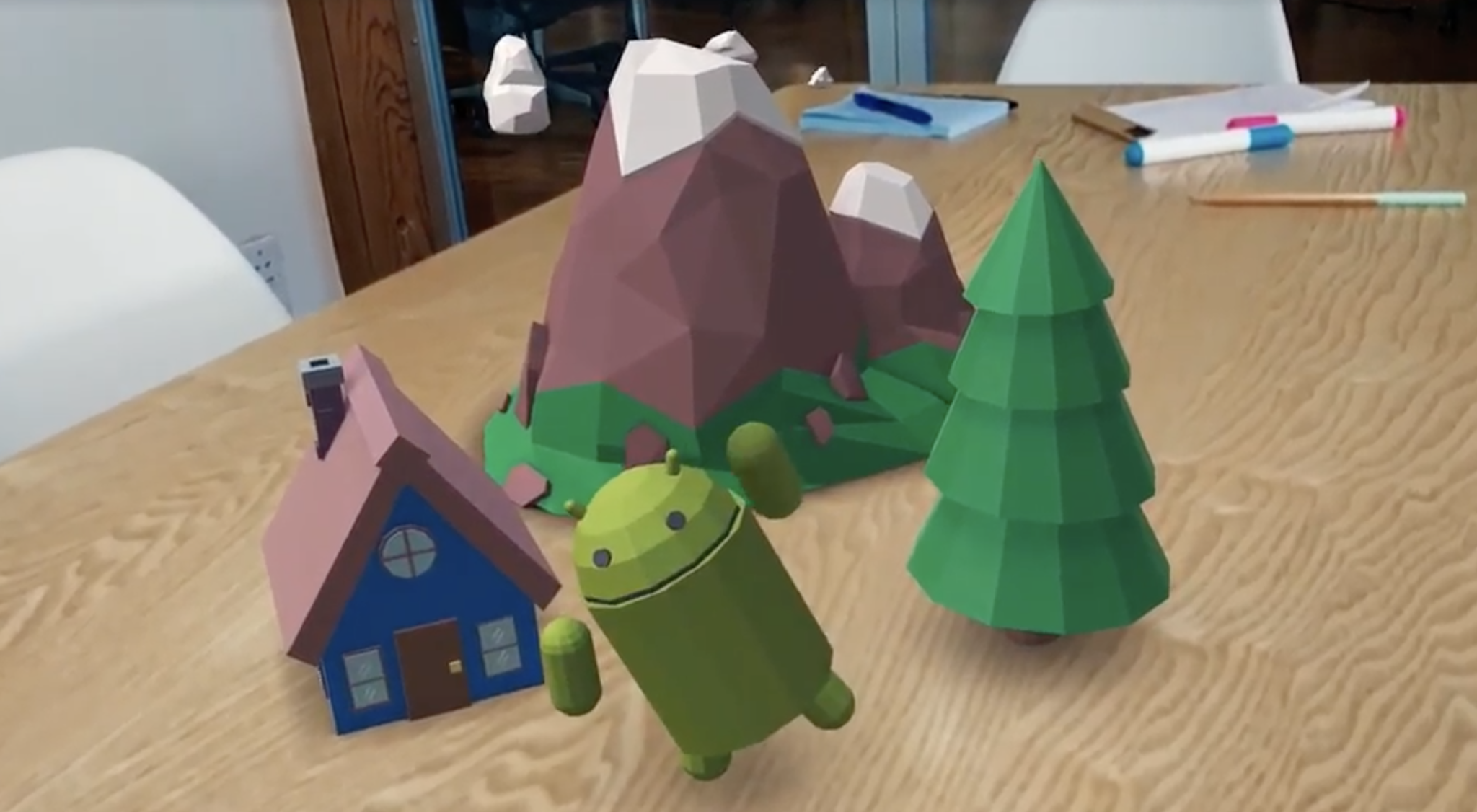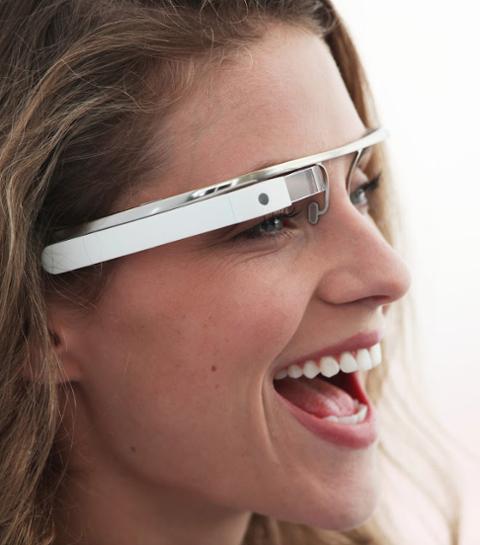 Google ARCore is augmented reality for Android[/caption] If augmented reality (AR) really is the next frontier for mobile tech, it would be silly to think Apple would have the field to itself: the potential profits (and audience) are just too vast. That’s why Google has introduced a preview of its new ARCore, an answer to Apple’s ARKit. Like ARKit, ARCore detects flat surfaces that you can place virtual objects on. It also takes note of lighting, and has spacial awareness and orientation capabilities. You can do things like place a lamp on a table, then walk around it to get a 3D view of the virtual object. ARCore works with Unity and Unreal engines, as well as Java/OpenGL. (Apple’s ARKit uses frameworks and technologies developed within Apple’s walls, such as Metal and SceneKit, but takes advantage of Unity and Unreal, as well.) If you’re thinking Google has done this already with Tango, you’re not wrong; except this isn’t exactly Tango – and besides, the Tango branding is being retired. ARCore is meant for more basic AR functionality, and Google says it’s aiming for “100 million devices” once ARCore is ready for the masses. Tango is still around for the moment, but requires dedicated hardware far superior to the normal Android device:
Google ARCore is augmented reality for Android[/caption] If augmented reality (AR) really is the next frontier for mobile tech, it would be silly to think Apple would have the field to itself: the potential profits (and audience) are just too vast. That’s why Google has introduced a preview of its new ARCore, an answer to Apple’s ARKit. Like ARKit, ARCore detects flat surfaces that you can place virtual objects on. It also takes note of lighting, and has spacial awareness and orientation capabilities. You can do things like place a lamp on a table, then walk around it to get a 3D view of the virtual object. ARCore works with Unity and Unreal engines, as well as Java/OpenGL. (Apple’s ARKit uses frameworks and technologies developed within Apple’s walls, such as Metal and SceneKit, but takes advantage of Unity and Unreal, as well.) If you’re thinking Google has done this already with Tango, you’re not wrong; except this isn’t exactly Tango – and besides, the Tango branding is being retired. ARCore is meant for more basic AR functionality, and Google says it’s aiming for “100 million devices” once ARCore is ready for the masses. Tango is still around for the moment, but requires dedicated hardware far superior to the normal Android device:
We've been developing the fundamental technologies that power mobile AR over the last three years with Tango, and ARCore is built on that work. But, it works without any additional hardware, which means it can scale across the Android ecosystem. ARCore will run on millions of devices, starting today with the Pixel and Samsung's S8, running 7.0 Nougat and above. We're targeting 100 million devices at the end of the preview. We're working with manufacturers like Samsung, Huawei, LG, ASUS and others to make this possible with a consistent bar for quality and high performance.Digging into the SDK framework a bit, ARCore’s implementations and exceptions are really standard fare. It checks for level ground and flat planes to place objects on, availability of the device’s camera, and monitors frames to keep the image in-screen and available for interaction. Compared to ARKit, there’s not much difference, save for the obvious Android-iOS and Java-Swift comparisons. In a way, that might be a good thing; by joining the fray rather than trying to re-invent the wheel, Google is helping developers make really good AR apps. Another interesting tidbit from Google’s announcement: the web won’t be left behind. AR tends to be thought of as mobile-only tech, but that’s not the case. “We think the web will be a critical component of the future of AR, so we're also releasing prototype browsers for web developers so they can start experimenting with AR, too,” writes Google. “These custom browsers allow developers to create AR-enhanced websites and run them on both Android/ARCore and iOS/ARKit.” Web AR features will arrive at some point. Mobile AR is happening now, which makes ARCore all that more curious. Tango is still high-end and niche. Google doesn’t have a product ready to ship, and Apple’s iOS 11 is likely weeks away from hitting devices: developers are already hard at work making experiences for ARKit, too. All of this means that Google is just plain behind the curve. Because ARCore does many of the same things as ARKit does, it feels like a knock-off, a “me too” for developers. On the bright side, it does mean AR apps can be cross-platform, which is maybe why ARCore exists at all.
Android ARCore: "Please clap."
— Ben Sandofsky (@sandofsky) August 29, 2017


